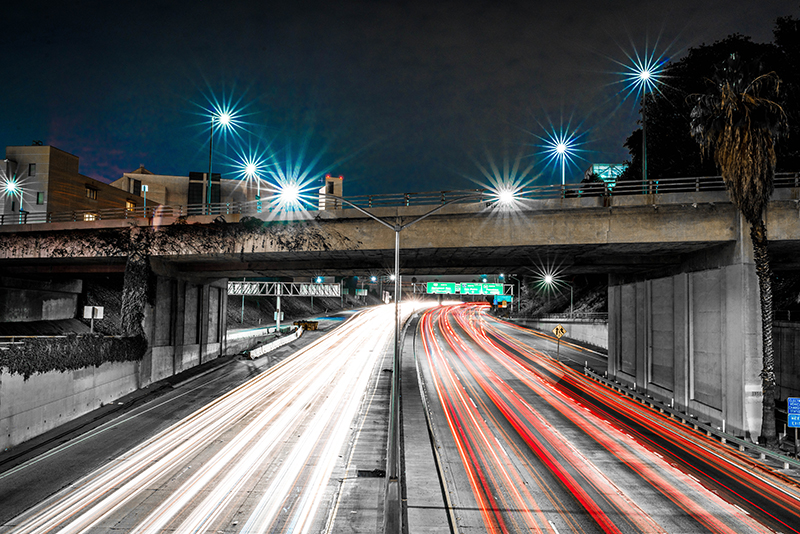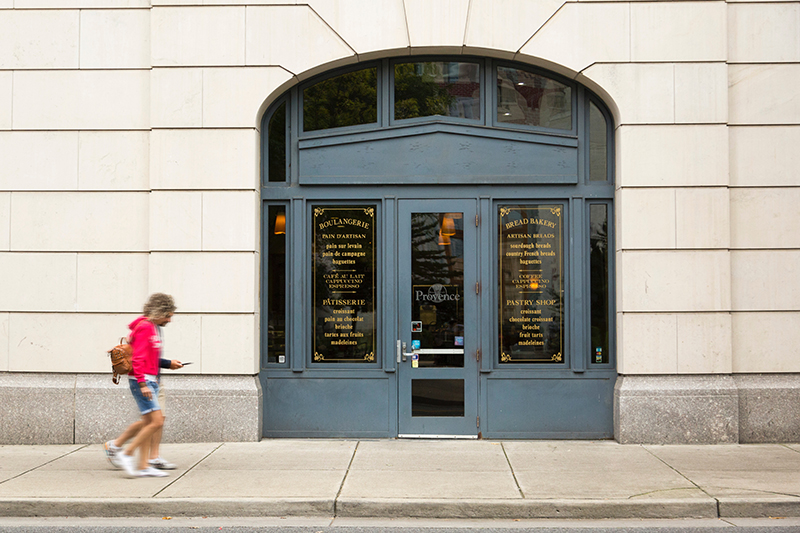Change is Not Just Important, it Mobilizes Us to be Better

From the beginning of commerce, business has always been channeled through ports, whether it was waterways, railroads, highways, airports, or otherwise and major markets have always grown around these portals. Just look at London, New York or any other alpha city that originated on a sea port or the gateway cities such as Chicago, Dallas and Atlanta where airports have led to explosive growth [not to mention $30+ billion of annual economic impact to their respective regions]. The fundamental difference today is that these portals are so concentrated that they are on our desk and in our pockets everywhere we go.
We are certainly seeing huge markets develop around these new age ports.
The traditional ones have not gone away, in fact, they have gotten bigger, better and all remain integral to commerce and the delivery systems that provides for such. Retail has become one of the largest industries in the world, a cornerstone of the global economy, and retail commerce is central to the economic and social systems of our communities, with consumer spending representing 70% of the U.S.’s GDP.
Retail has always been a dynamic environment tied to many factors, including consumer behavior, culture, wealth, et al, and technology, whether automobiles, refrigerators, televisions, credit cards or computers, has always had a disruptive impact on the industry and been the catalyst to major transformations. Just think about the changes over the last century from local traders and merchants selling one category of product, to mail-order merchants selling every essential, to variety stores, to department stores and supermarkets, to malls, to discount stores, outlet malls, power centers, lifestyle centers, you get it…
The key to success has always been adapting responsively to the new normal as our markets evolve. Never has there been a greater impact on the retail market than the internet and mobile phones, and never has there been greater reward for harnessing the value of that impact.

Omni-channel retail sales punctuate this fact.
As consumers this past holiday season were more aggressive online than ever before from Black Friday to Cyber Monday, online sales climbed by 20%, with the most significant increase coming from mobile, which grew by 50%. Almost 1-in-3 purchases were made on a mobile device [phone or tablet] over the holiday season, up from 1-in-5 a year ago. Overall e-commerce sales grew 12% year over year. Now representing 6% of total retail sales vs. 1% when we launched The Retail Connection 10 years ago.
Google is still the gatekeeper to online shopping, with over 40% of e-commerce orders originating on its searches. Email marketing accounted for 16% of e-commerce orders. Interestingly, social networks generated less than 2% of e-commerce sales during the holiday shopping season, essentially the same as last year, while mobile grew from 3.7 million shoppers in 2009 to 25 million in 2013 and is expected to grow past 50 million by the end of next year.
Competition clearly makes us better, sharper and stronger.
Just as it is doing with traditional bricks and mortar stores and online retailers. The winner is going to be the consumer, retail chains, and retail projects that optimize the integration of their traditional and digital platforms. We are seeing significant changes in the way consumers shop, where they shop and when they shop. Stores certainly enable an experience online cannot deliver. However, at the same time, consumers expect a consistent experience across all channels, as over 80% of shoppers’ research products both online and in store before making their purchases.
In today’s omni-channel world, many retailers will need to reestablish the role and function of their stores to differentiate their business and leverage their physical advantages. Retail developers clearly must do the same with shopping centers. The complexion, utility of space and shopping centers as a whole is clearly going to be impacted. Retail is going to continue to change faster than ever, from store design – such as pick-up zones and the integration of interactive kiosks – to mobile applications that make purchasing quick and more convenient. In the process, we are going to see portfolios change as store locations are right-sized, added, eliminated, recycled and/or repurposed, as retailers become interconnected multichannel businesses. These retail real estate transformations will require structural and operational changes, will take time and innovation to address, however, stores and shopping centers will clearly remain central to the multichannel experience.
By the way, Dallas, a city that has grown from a trade post on the Trinity River to a 188 million SF retail market, which along with Austin and Houston is one of the three fastest growing cities in the country, and that with its partner Ft. Worth, is on track to become the third largest metropolitan area in the country by 2020, is game on. Clearly portals will continue to evolve and create tremendous opportunities in the process; and the DFW metroplex will continue to adapt responsively to these changes.
The best retailers and developers recognize how connected everything is, will continue to embrace change, and adapt responsively, as we look forward to retail stores and center’s best years ahead of us.

